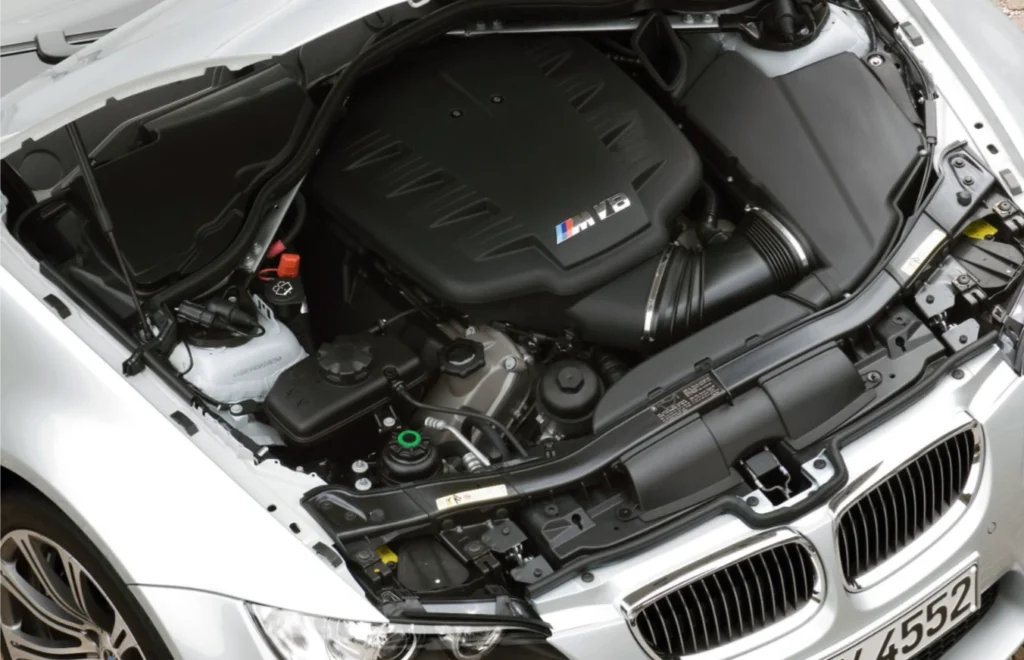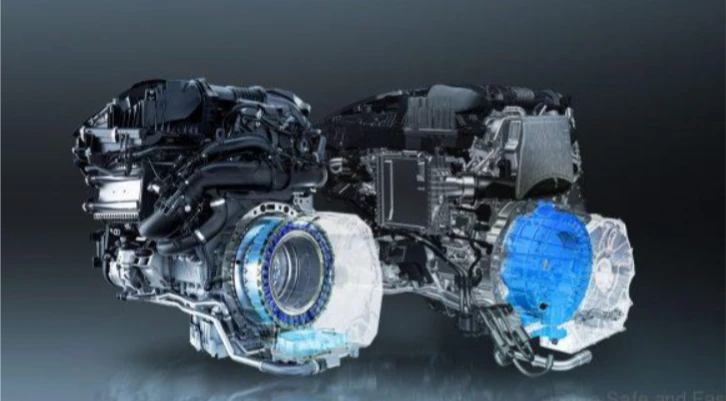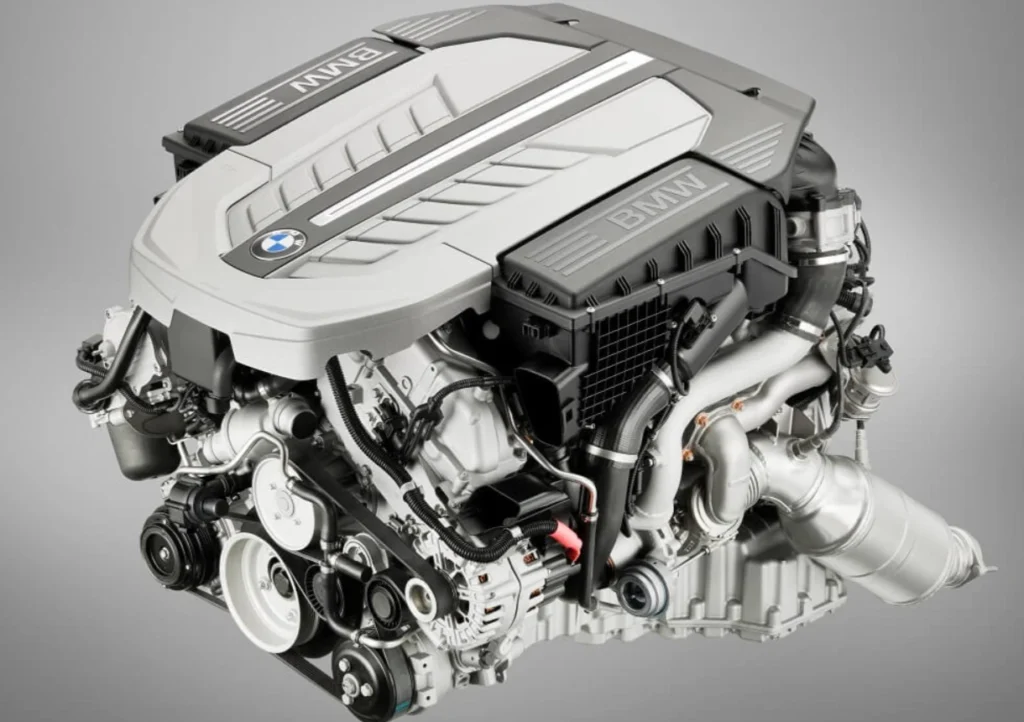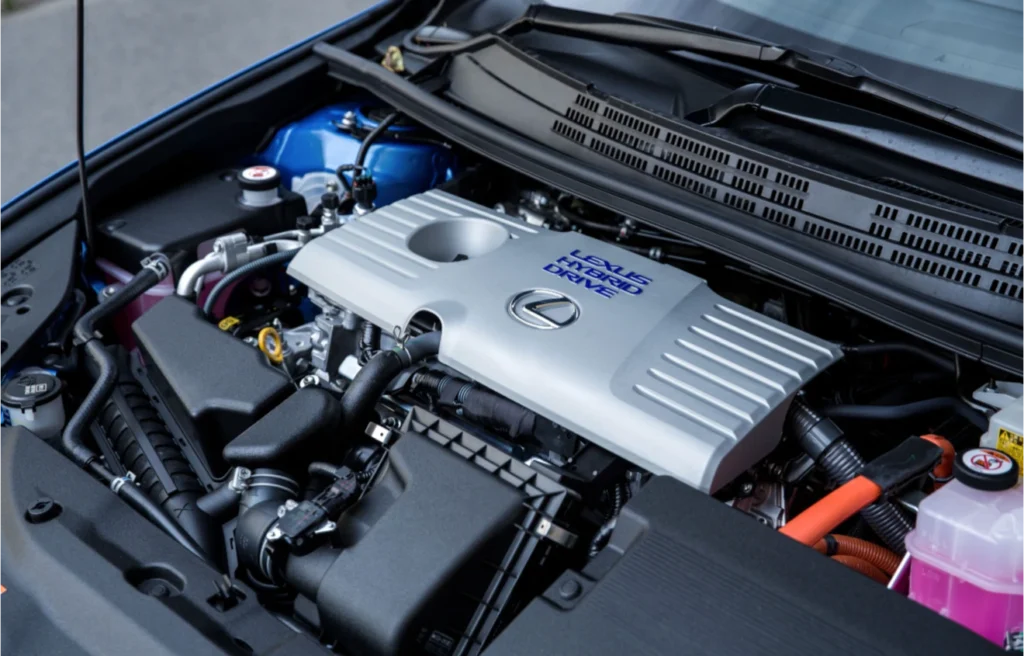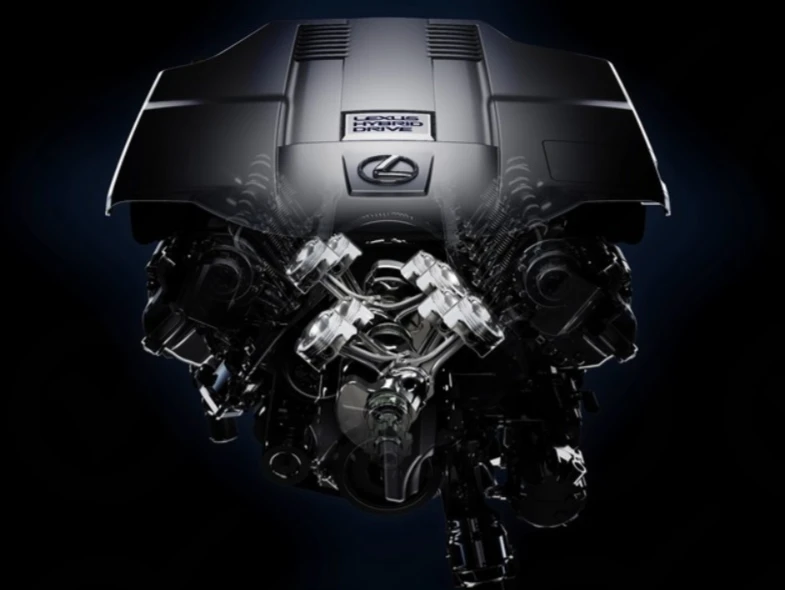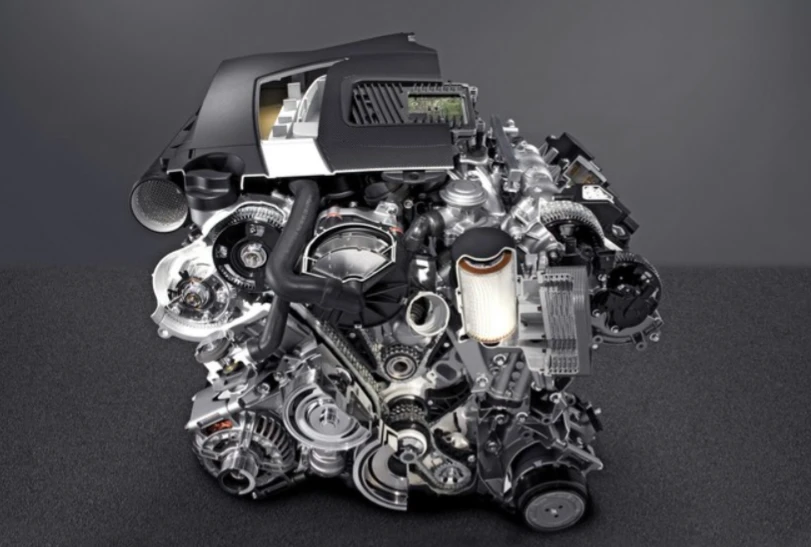The hellcat engine is a supercharged 6.2-liter HEMI V8 engine that delivers an astonishing 707 horsepower and 650 lb-ft of torque. It is the most powerful mass-produced engine in the world, and it powers some of the fastest and most iconic vehicles from Dodge, such as the Challenger SRT Hellcat, the Charger SRT Hellcat, and the Durango SRT Hellcat.
The hellcat engine is not just a regular HEMI engine with a supercharger. It is a masterpiece of engineering that incorporates many advanced features and technologies to achieve its incredible performance. Some of these features include:
- A forged steel crankshaft that can withstand the high pressures and temperatures of the combustion process.
- Forged pistons with a diamond-like coating that reduce friction and increase durability.
- Powder metal connecting rods with floating pins that allow for more precise alignment and balance.
- A nodular iron camshaft that optimizes the valve timing and lift for maximum airflow and efficiency.
- A dual-snorkel hood that feeds cold air directly into the supercharger, enhancing its output and cooling.
- A SRT Power Chiller that uses the air conditioning system to cool the intake charge, increasing the oxygen density and combustion.
- An Air-Catcher headlamp that allows additional air to flow into the engine, improving its breathing and cooling.
- A 6.5-liter twin-screw supercharger that spins at 6,500 rpm and generates 11.6 psi of boost pressure, producing massive amounts of power and torque.
- A dual-stage fuel pump that delivers high-pressure fuel to the injectors, ensuring optimal combustion and performance.
- A high-flow exhaust system that reduces back pressure and enhances the sound of the engine.

The hellcat engine is not only powerful, but also reliable and durable. It has been tested and proven in various conditions and environments, such as extreme heat, cold, altitude, and humidity. It has also undergone rigorous quality and safety checks, such as dynamometer testing, thermal cycling, and high-speed endurance runs.
The hellcat engine is the ultimate expression of Dodge’s passion for performance and innovation. It is a symbol of the brand’s heritage and legacy, as well as its vision and ambition. It is a hell of an engine, and it deserves a hell of a name.
Characteristics of the Hellcat Engine
| Feature | Specification |
|---|---|
| Engine Type | GEN III HEMI V8 |
| Displacement | 376 cu in (6.2 L) |
| Bore | 103.9 mm (4.09 in) |
| Stroke | 90.9 mm (3.58 in) |
| Block | Cast Iron with 4 Bolt Powder Metal Caps |
| Crankshaft | Forged Steel |
| Pistons | Forged with Diamond-Like Coating |
| Connecting Rods | Powder Metal with Floating Pins |
| Camshaft | Nodular Iron |
| Cylinder Heads | 356 Aluminum with HEMIspherical Chamber |
| Intake Valve Size | 54.3 mm (2.14 in) |
| Exhaust Valve Size | 42 mm (1.65 in) |
| Compression Ratio | 9.5:1 |
| Peak RPM | 6200 |
| Supercharger | 6.5 L Twin-Screw |
| Boost Pressure | 11.6 psi |
| Horsepower | 707 hp |
| Torque | 650 lb-ft |
| Recommended Fuel | Premium |

FAQ
What is the difference between the Hellcat, the Hellcat Redeye, and the Hellcat Super Stock?
The Hellcat, the Hellcat Redeye, and the Hellcat Super Stock are different models of vehicles that use the hellcat engine, with varying levels of power and performance. The Hellcat is the base model, with 717 horsepower and 656 lb-ft of torque. The Hellcat Redeye is a more powerful version, with 797 horsepower and 707 lb-ft of torque. The Hellcat Super Stock is the most powerful version, with 807 horsepower and 707 lb-ft of torque. The Hellcat Super Stock also has wider tires, lighter wheels, and stronger brakes, making it more suitable for drag racing.
How much does a hellcat engine cost?
The hellcat engine is not sold separately, but as part of a vehicle. The price of the vehicle depends on the model, the trim, and the options. According to the official Dodge website, the starting prices of the vehicles that use the hellcat engine are as follows:
- Challenger SRT Hellcat: $60,495
- Challenger SRT Hellcat Widebody: $66,495
- Challenger SRT Hellcat Redeye: $72,295
- Challenger SRT Hellcat Redeye Widebody: $78,295
- Challenger SRT Super Stock: $81,090
- Charger SRT Hellcat: $69,995
- Charger SRT Hellcat Widebody: $71,495
- Durango SRT Hellcat: $80,995

How fast is a hellcat engine?
The hellcat engine is very fast, and it can propel the vehicles that use it to impressive speeds. According to the official Dodge website, the top speeds and 0-60 mph times of the vehicles that use the hellcat engine are as follows:
- Challenger SRT Hellcat: 199 mph, 3.6 seconds
- Challenger SRT Hellcat Widebody: 195 mph, 3.5 seconds
- Challenger SRT Hellcat Redeye: 203 mph, 3.4 seconds
- Challenger SRT Hellcat Redeye Widebody: 196 mph, 3.4 seconds
- Challenger SRT Super Stock: 168 mph, 3.25 seconds
- Charger SRT Hellcat: 196 mph, 3.6 seconds
- Charger SRT Hellcat Widebody: 196 mph, 3.6 seconds
- Durango SRT Hellcat: 180 mph, 3.5 seconds
How reliable is a hellcat engine?
The hellcat engine is very reliable and durable, as it has been designed and tested to withstand the high stresses and demands of its performance. The hellcat engine has a warranty of 3 years or 36,000 miles, whichever comes first, for the basic limited warranty, and 5 years or 60,000 miles, whichever comes first, for the powertrain limited warranty. The hellcat engine also requires regular maintenance and care, such as changing the oil, the filters, the spark plugs, and the belts, to ensure its optimal function and longevity.
How to maintain a hellcat engine?
The hellcat engine requires proper maintenance and care to keep it in good shape and performance. The owner’s manual of the vehicle that uses the hellcat engine provides detailed information and instructions on how to maintain the engine and the vehicle. Some of the general tips and guidelines for maintaining the hellcat engine are:
- Use only premium unleaded fuel with an octane rating of 91 or higher.
- Change the engine oil and filter every 6,000 miles or 6 months, whichever comes first, using the recommended SRT synthetic oil and filter.
- Change the supercharger oil every 30,000 miles or 3 years, whichever comes first, using the recommended SRT supercharger oil.
- Change the spark plugs every 30,000 miles or 3 years, whichever comes first, using the recommended SRT spark plugs.
- Change the air filter every 30,000 miles or 3 years, whichever comes first, using the recommended SRT air filter.
- Change the accessory drive belt every 60,000 miles or 5 years, whichever comes first, using the recommended SRT accessory drive belt.
- Check the coolant level and condition every 10,000 miles or 12 months, whichever comes first, and replace the coolant every 150,000 miles or 10 years, whichever comes first, using the recommended SRT coolant.
- Check the brake fluid level and condition every 10,000 miles or 12 months, whichever comes first, and replace the brake fluid every 30,000 miles or 3 years, whichever comes first, using the recommended SRT brake fluid.
- Check the tire pressure and condition every month, and rotate the tires every 6,000 miles or 6 months, whichever comes first, using the recommended SRT tire rotation pattern.
- Avoid overheating the engine, especially in hot weather or under heavy load, by monitoring the engine temperature gauge and the supercharger temperature gauge, and by reducing the speed or stopping the vehicle if necessary.
- Avoid over-revving the engine, especially when cold, by following the shift indicator lights and the recommended shift points, and by using the launch control feature only when the engine is warm and the tires are properly inflated.
- Avoid excessive idling, as it can cause carbon buildup and reduce the engine performance and efficiency.
- Avoid using additives, cleaners, or boosters in the fuel, oil, or coolant, as they can damage the engine and the supercharger, and void the warranty.









